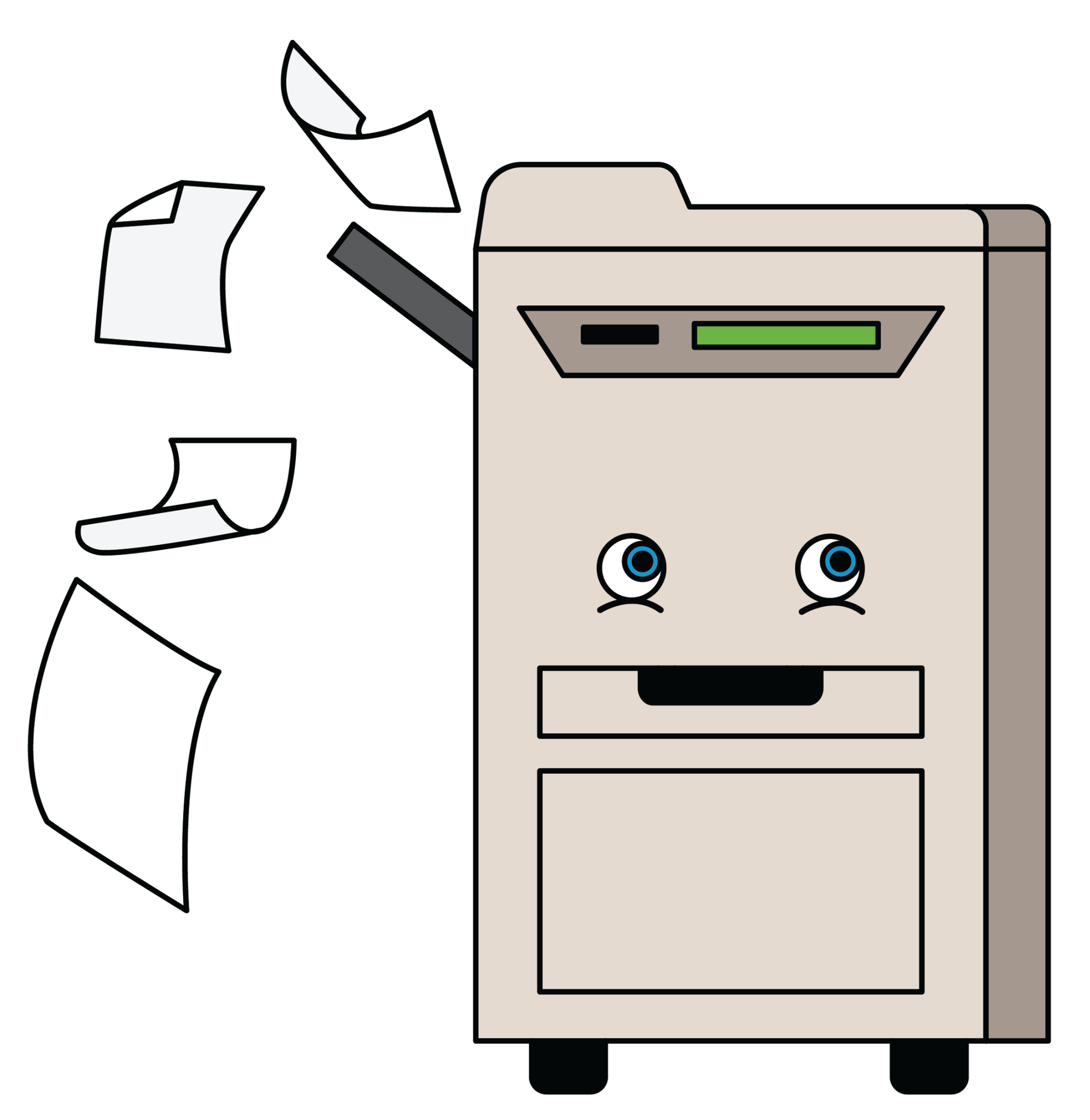The Value of Reciprocal Feedback
Teachers often give high school students feedback to guide their learning—soliciting feedback about the class from them helps deepen the teacher-student rapport.
Your content has been saved!
Go to My Saved Content.The seismic, traumatic effects of the Covid-19 pandemic on education continue to haunt our students. Every teacher knows that developing student-teacher relationships is an urgent priority, and feedback, in particular, has taken on particular importance.
Engaging gallery walks in the classroom or hallway provide valuable feedback from teachers and peers, and traditional red-ink editorial comments on paper or electronic commentary on Google Docs are all popular and essential forms of feedback that we—especially high school English teachers like me—use all the time.
Since writing, however, is such a personal endeavor, an act of individual creativity, students often feel vulnerable in the face of the traditional methods of feedback from teachers, which, at times, can feel detached or impersonal. A more intimate approach puts students at ease in a way that editorial marks on paper or electronic comments don’t. My personal preferred method of providing feedback is during one-on-one student-teacher conferences, but my conferences don’t focus solely on teacher-delivered feedback, which is often a one-way street.
A More Effective Type of Feedback
I use feedback loops for student-teacher conferences, which, in contrast, are a two-way street—forging promising paths toward trust and open communication. Instead of teachers being the sole providers of feedback, in a feedback loop students offer their own feedback to their teachers on issues like reading selections, clarifying questions, direct instruction, class environment, or any other concerns a student may have that impact their learning. When teachers implement feedback loops early in the school year, they create a nurturing and supportive classroom environment and bolster rapport and comfort with students through an open and honest 360-degree, mutual exchange.
Teacher and blogger Taylor Meredith, detailing the value that feedback loops bring to her own instruction, writes, “As a teacher, my instruction is informed through these feedback loops. Listening to these loops tells me if I need to revisit a certain aim or set my expectations higher.” Finding the time to schedule feedback loops creates, as Meredith describes, a “culture of feedback” in our classrooms.
In my own classroom, feedback loops are essential in developing the writing skills of my students and adapting or modifying my own instruction based on student feedback. For instance, I love when students tell me what I need to review, remediate, or clarify regarding my instruction. Further, I encourage my students to provide commentary on my reading selections. I like to know that a particular student prefers poetry over prose, literary nonfiction over novels or short stories, projects over papers. This feedback allows me to reflect on my curriculum through a lens of honesty and humility.
Feedback from my students spurs responsive self-reflection. And this is the central tenet of a feedback loop: It benefits both the student and the teacher in bolstering open communication and improving instruction. The strategy encourages a sense of safety, too, so that if any issue arises in the future, a student will feel comfortable approaching a trusted teacher. Students receive feedback and, in turn, take the lead expressing personal voice and choice. It takes less than 2 minutes per student to build a rapport that’s so vital, especially in our current educational climate.
Making Time for Mutual Feedback
One-on-one conferences are extremely difficult to schedule, though, and demand careful strategizing on the teacher’s part. Yet these conferences are vital and invaluable. So, in light of our tight schedules, what’s the best way to implement feedback loops? There are a few options.
Teachers can meet with students for a private, one-on-one, conference during class while other students complete a collaborative assignment or project, assessment, or essay. In my own classroom, I place two chairs outside the door for myself and the student. With this setup, I can converse with the student privately while also monitoring the classroom. Teachers can meet with students during special lunch meetings. School administrators can set aside time during the school day during a directed study or study hall.
The dream scenario would be for schools to schedule student-teacher conferences during a professional development day. This way, students could meet with their teachers in round robin–type individual sessions without impacting the school day. Other options could include scheduling conferences during an allocated half-day or, if the teacher is willing, after school. Without a doubt, conferences after school pose a challenge for busy teachers already faced with enormous time constraints on a daily basis.
Student-teacher conferences should be on par with parent-teacher conferences and should warrant the same priority, the same urgency; modeling them after parent-teacher conferences would be an ideal avenue. Although they pose a scheduling challenge, feedback loops in student-teacher conferences lay the foundation for the following:
- A student-teacher relationship built upon open communication, mutual trust and respect, and polite discourse
- Student learning that encourages personal voice and self-advocacy, essential skills for life after high school
- A reflective experience for teachers to modify and improve direct instruction, lesson planning, and curriculum creation
Regardless of content area or class size, I highly encourage all teachers to implement feedback loops into their student-teacher conferences. The potential dividends could yield rich rewards for students, teachers, and schools across the country.

